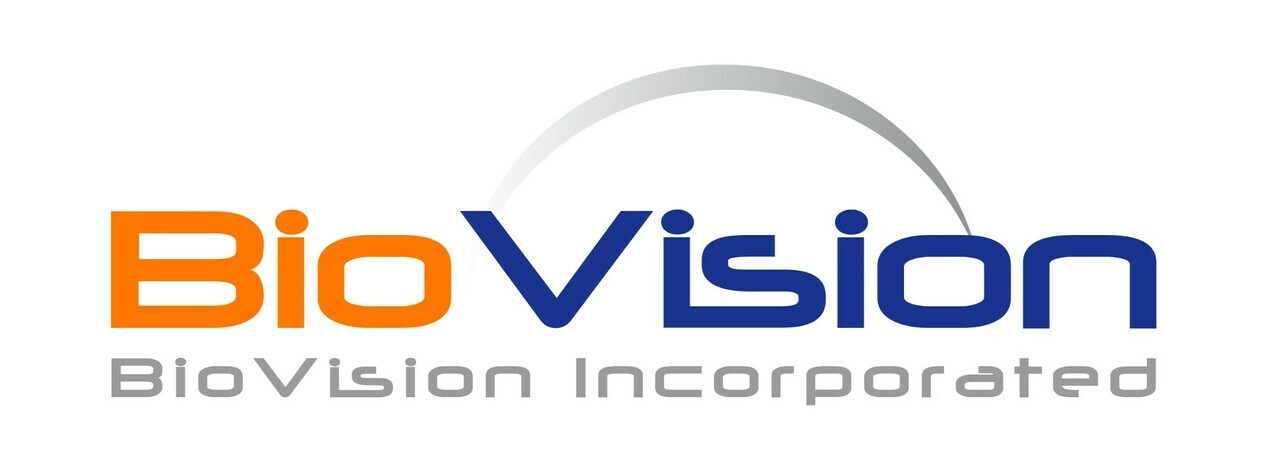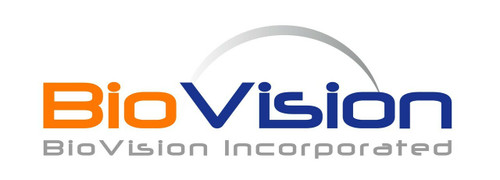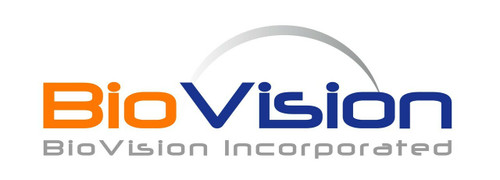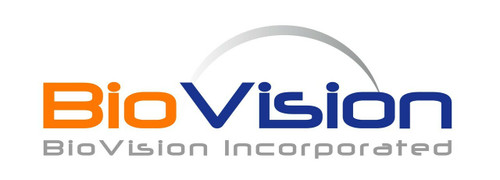Product Description
Ubiquitin is a small polypeptide that can be conjugated via its C-terminus to amine groups of lysine residue on target proteins. This conjunction is referred to as monoubiquitylation. Additional ubiquitin moieties can be subsequently conjugated to this initial ubiquitin, utilizing any one of the seven lysine residues on the surface of ubiquitin. The formation of these ubiquitin chains is referred to as polyubiquitylation. This tag-free recombinant form of human ubiquitin is engineered to have all available lysines mutated to arginines, except at position 63. This molecule, therefore, can only form polyubiquitin chains of K63 linkage type. Covalent attachment of ubiquitin to other proteins serves various functions, but its major role is to target cellular proteins for destruction. Cellular components that activate, transfer, remove, or simply recognize ubiquitin number in the hundreds, perhaps even in the thousands. In light of this complexity the ubiquitin pathway is ideal for a systems biology approach. Ubiquitin plays a very important role in regulated non-lysosomal ATP dependent protein degradation. The Ub-proteasome proteolytic pathway, which is a complex process, is implicated to be of great importance for regulating numerous cellular processes.
Biovision | 6497 | Human Recombinant Ubiquitin-K63 DataSheet
Biomolecule/Target: N/A
Synonyms: Human Recombinant Ubiquitin-K63
Alternates names: Aldo-keto reductase family 1, member C 3, DD3, DDX, HA1753, HAKRB, HAKRe, hluPGFS, HSD17B5.
Taglines: Pure Recombinant Human Ubiquitin-K63
NCBI Gene ID #: 8644
NCBI Gene Symbol: AKR1C3
Gene Source: Human
Accession #: P42330
Recombinant: Yes
Source: E. coli
Purity by SDS-PAGEs: 98%
Assay: SDS-PAGE
Purity: N/A
Assay #2: N/A
Endotoxin Level: N/A
Activity (Specifications/test method): N/A
Biological activity: The specific activity of AKR1C3 with 5 mM 1-Indanol is approximately 0.3 U/mg.
Results:
Binding Capacity: N/A
Unit Definition: N/A
Molecular Weight: 39 kDa
Concentration: 4 mg/ml
Appearance: Liquid
Physical form description: 4 mg/ml in 50 mM Tris, pH 7.5, 150 mM NaCl, 10% glycerol.
Reconstitution Instructions: N/A
Amino acid sequence: MGSSHHHHHH SSGLVPRGSH MDSKHQCVKL NDGHFMPVLG FGTYAPPEVP RSKALEVTKL AIEAGFRHID SAHLYNNEEQ VGLAIRSKIA DGSVKREDIF YTSKLWSTFH RPELVRPALE NSLKKAQLDY VDLYLIHSPM SLKPGEELSP TDENGKVIFD IVDLCTTWEA MEKCKDAGLA KSIGVSNFNR RQLEMILNKP GLKYKPVCNQ VECHPYFNRS KLLDFCKSKD IVLVAYSALG SQRDKRWVDP NSPVLLEDPV LCALAKKHKR TPALIALRYQ LQRGVVVLAK SYNEQRIRQN VQVFEFQLTA EDMKAIDGLD RNLHYFNSDS FASHPNYPYS DEY
 Euro
Euro
 USD
USD
 British Pound
British Pound
 NULL
NULL












